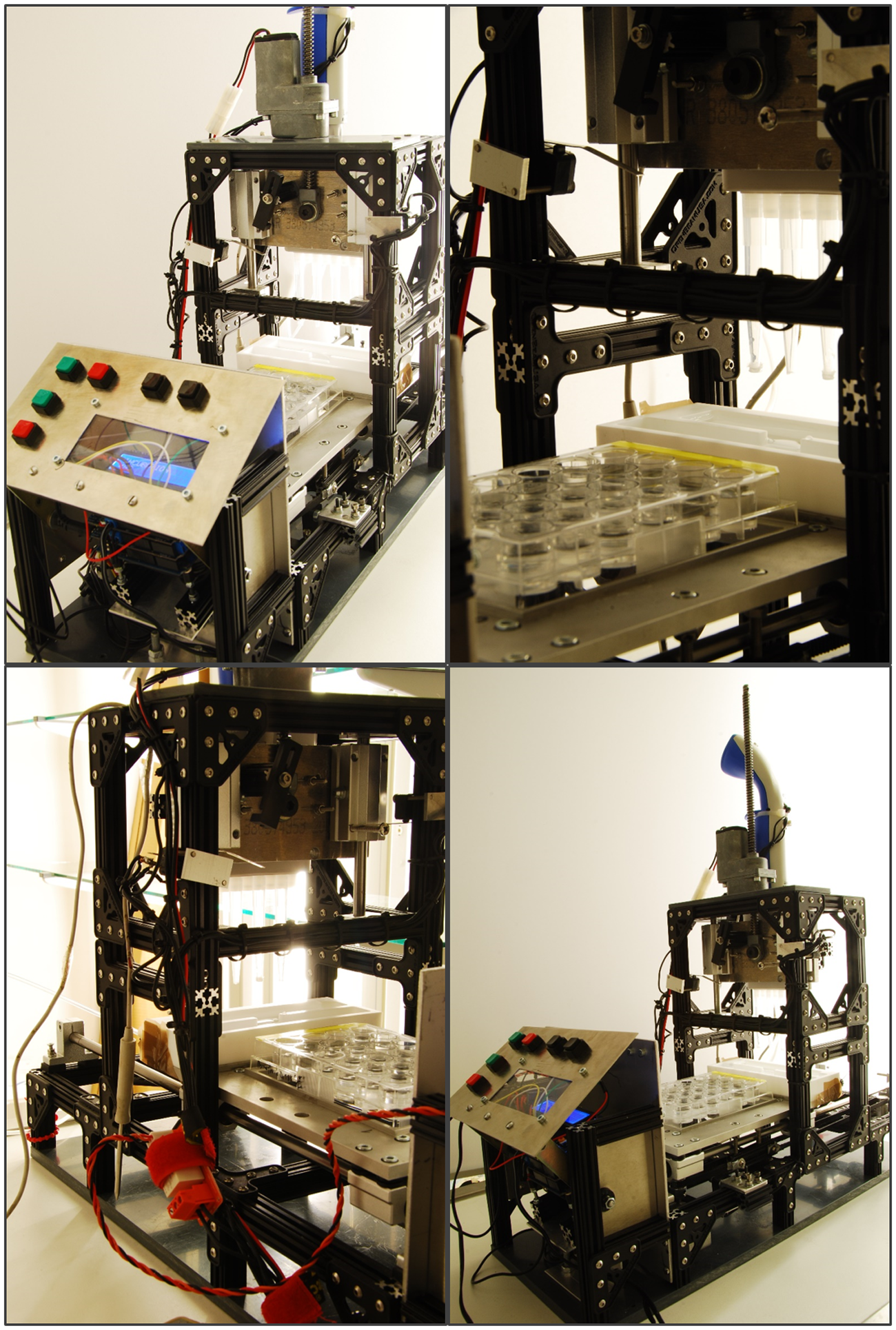A versatile and low-cost open source pipetting robot for automation of toxicological and ecotoxicological bioassays
In the past decades, bioassays and whole-organism bioassay have become important tools not only in compliance testing of industrial chemicals and plant protection products, but also in the monitoring of environmental quality. With few exceptions, such test systems are discontinuous. They require exposure of the biological test material in small units, such as multiwell plates, during prolonged incubation periods, and do not allow online read-outs. It is mostly due to these shortcomings that applications in continuous monitoring of, e.g., drinking or surface water quality are largely missing. We propose the use of pipetting robots that can be used to automatically exchange samples in multiwell plates with fresh samples in a semi-static manner, as a potential solution to overcome these limitations. In this study, we developed a simple and low-cost, versatile pipetting robot constructed partly using open-source hardware that has a small footprint and can be used for online monitoring of water quality by means of an automated whole-organism bioassay. We tested its precision in automated 2-fold dilution series and used it for exposure of zebrafish embryos (Danio rerio)–a common model species in ecotoxicology—to cadmium chloride and permethrin. We found that, compared to conventional static or semi-static exposure scenarios, effects of the two chemicals in zebrafish embryos generally occurred at lower concentrations, and analytically verified that the increased frequency of media exchange resulted in a greater availability of the chemical. In combination with advanced detection systems this custom-made pipetting robot has the potential to become a valuable tool in future monitoring strategies for drinking and surface water.


